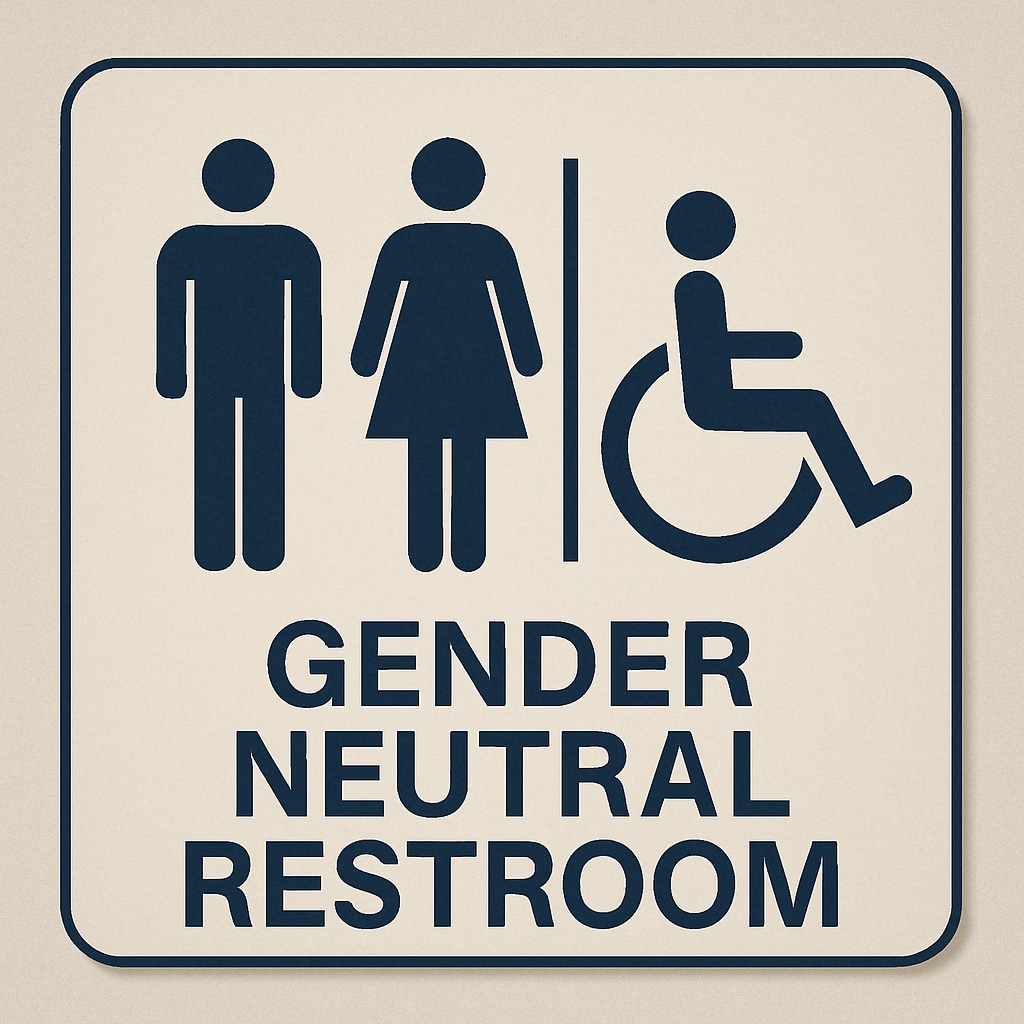Brown University’s recent gender policies have sparked important conversations about inclusivity and equity for transgender students. As society continues to embrace greater gender diversity, educational institutions like Brown play a pivotal role in creating safe, supportive environments. This article explores the significance of gender-inclusive policies and how they positively impact transgender students’ experiences within the campus community.
Understanding the Need for Gender-Inclusive Policies
Gender-inclusive policies are essential in addressing the unique challenges faced by transgender students. For example, many students encounter barriers such as misgendering, lack of access to appropriate facilities, or social stigma. These challenges can lead to higher rates of anxiety, depression, and academic disengagement. Universities like Brown are setting a precedent by recognizing these issues and responding with concrete, supportive measures.
Brown University has implemented policies that allow students to use their chosen names and pronouns in all official records. Furthermore, the university has improved access to gender-neutral facilities, ensuring that every student feels comfortable and safe. These steps are not merely symbolic; they acknowledge and validate the identities of transgender students, fostering a more inclusive educational environment.

The Broader Impacts of Gender Policies on Campus Life
Effective gender policies have a ripple effect across the entire campus community. By prioritizing inclusivity, universities encourage dialogue, understanding, and mutual respect among students, faculty, and staff. For transgender students, these policies provide not only physical safety but also emotional well-being, enabling them to focus on their personal and academic growth.
According to a 2021 report by the American College Health Association, inclusive environments significantly improve mental health outcomes for LGBTQ+ students. Policies like those at Brown University serve as a model for other institutions looking to support diverse student populations. By addressing systemic inequalities, these measures promote a culture of belonging and equity for all.

How Schools Can Implement Inclusive Practices
Creating an inclusive educational environment requires more than policy changes—it demands a shift in culture. Schools can adopt the following strategies to support gender diversity:
- Comprehensive Training: Provide training for staff and faculty on gender diversity and inclusivity.
- Accessible Resources: Ensure access to counseling services and peer support programs tailored to LGBTQ+ students.
- Community Involvement: Engage students in conversations about diversity through clubs, events, and workshops.
- Facility Updates: Incorporate gender-neutral bathrooms and housing options across campus.
By implementing these practices, educational institutions can create environments where all students, regardless of their gender identity, feel seen, heard, and valued.
The Role of Policy in Shaping the Future
Brown University’s approach exemplifies the power of policy in shaping inclusive educational landscapes. Their efforts resonate beyond campus boundaries, inspiring other K-12 schools and universities to follow suit. As society continues to evolve, institutions must remain proactive in addressing the needs of gender-diverse students. Ultimately, policies like these are not just about compliance or reputation—they reflect a commitment to human dignity and the right to education for all.
In conclusion, the impact of gender policies at Brown University highlights the importance of proactive measures in fostering inclusivity. Transgender students thrive when their identities are respected and supported, leading to better academic and personal outcomes. Other educational institutions can take inspiration from Brown’s leadership to create a future where diversity is celebrated and equity is the norm.
Readability guidance: This article uses concise paragraphs and lists to enhance readability. Transition words such as “however,” “therefore,” and “for example” connect ideas smoothly. The content prioritizes active voice and maintains a balanced tone throughout.


